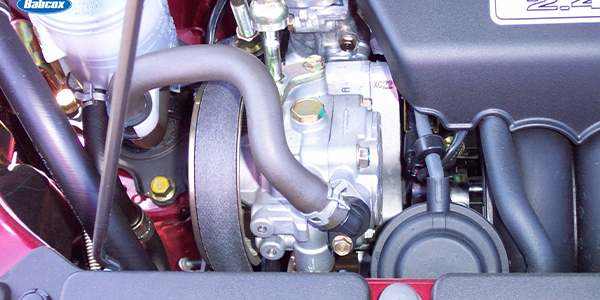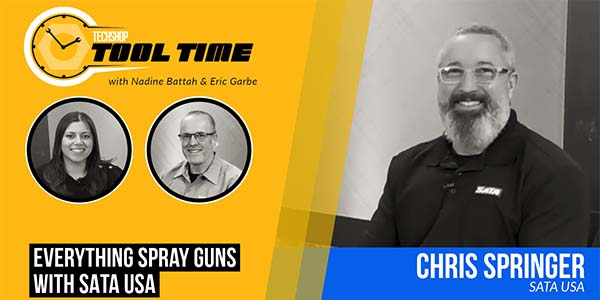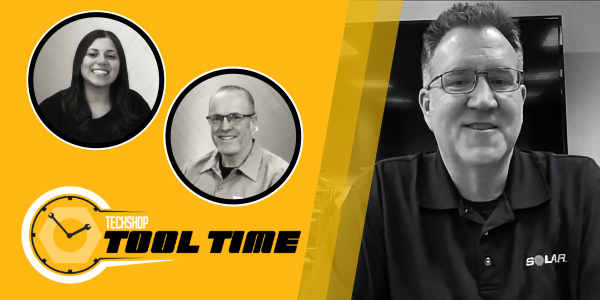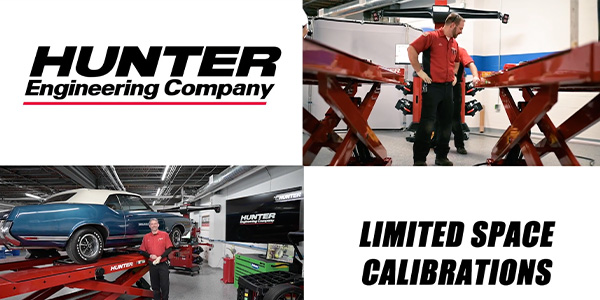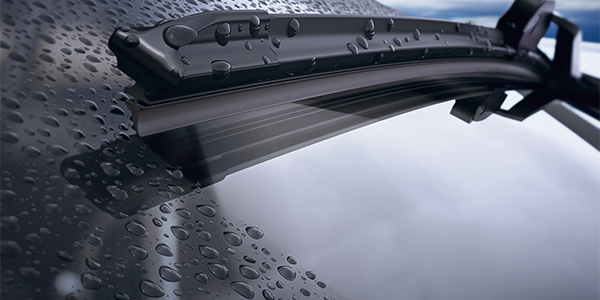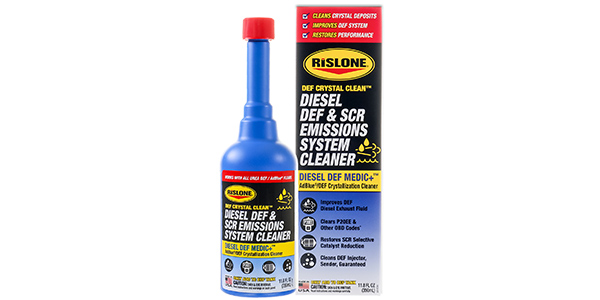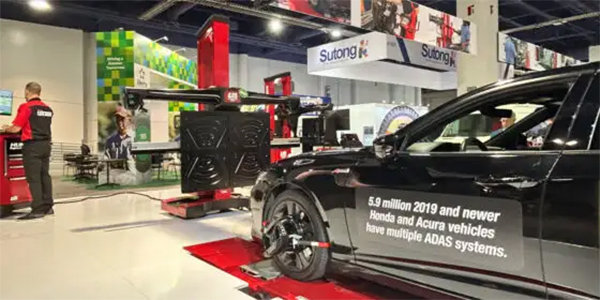CC:
You just finished replacing a power steering pump on a customer vehicle. You fire up the engine and to your surprise, the pump is still making noise. Now it’s easy to kick yourself at this point and think, where did I go wrong? I would urge you to take a step back and reevaluate things. There are several questions which you should ask yourself in this scenario. Did you flush the system? Did you use the correct type and quality of fluid, and did you bleed the system after the repair? Let’s start with the first one. Flushing the system. Anytime you’ve replaced a major power steering component such as the steering rack or the pump, you should at least be evaluating the condition of the fluid and potentially flushing the entire system. This is especially important in the case of say, an internal failure of the pump. This could cause metal shavings to be introduced into the fluid circuit, potentially causing damage to other components later on down the road.
If the fluid is dark, smelly, or contaminated, it should be replaced by flushing the system. That leads us to the second point, selecting the correct type, grade, and quality of power steering fluid. Power steering fluid is not universal from one automaker to the next. Some brands will use automatic transmission fluid, ATF, depending on the model year in the application. Asian imports may use a specific type of power steering fluid, which is a blend of hydro treated mineral and synthetic base oils with special additives. Luxury imports like Mercedes-Benz and BMW may use a form of hydraulic oil, which looks and smells different than traditional power steering fluid. The takeaway here is that you need to do your due diligence when it comes to selecting what fluid you’re going to put in the system during the repair. Keep this in mind as well whenever you’re trying to diagnose a noise concern. Your customer may have inadvertently added the wrong type of fluid causing the abnormal noise. So-called universal power steering fluid bottles may claim that they contain all of the necessary additives, but this isn’t always the case.
Finally, the system may need to be bled in order to remove any air pockets from inside the hydraulics circuit. This varies greatly from one automaker to the next, so your best resource will be the OE service information. As an example, a 2016 Chevy Traverse needs to have the front wheels lifted off of the ground. Then a long transmission funnel needs to be placed into the power steering fluid reservoir and filled near the top with fluid. With the key on, engine off, turn the steering wheel from lock to lock 10 to 20 times, checking the fluid level periodically, then start the engine and repeat this process, being careful not to hold the wheel against the steering lock. Turn the engine off, extract the excess fluid from the long funnel and remove it from the reservoir. Top off the fluid level one last time, and perform a road test.
If the pump is making noise, but the system is still operating normally, consider adding Rislone Steering Stop Whine with leak repair to the reservoir. You can put these problems to rest with just one bottle. Steering Stop Whine with leak repair will reduce noise, stabilize the power steering fluid, as well as fix hard steering concerns. Steering Stop Whine with leak repair is a 100% universal additive, which will work with all types of hydraulic power steering systems. I’m Brian Sexton. Thanks for watching.
This video is sponsored by Rislone.

